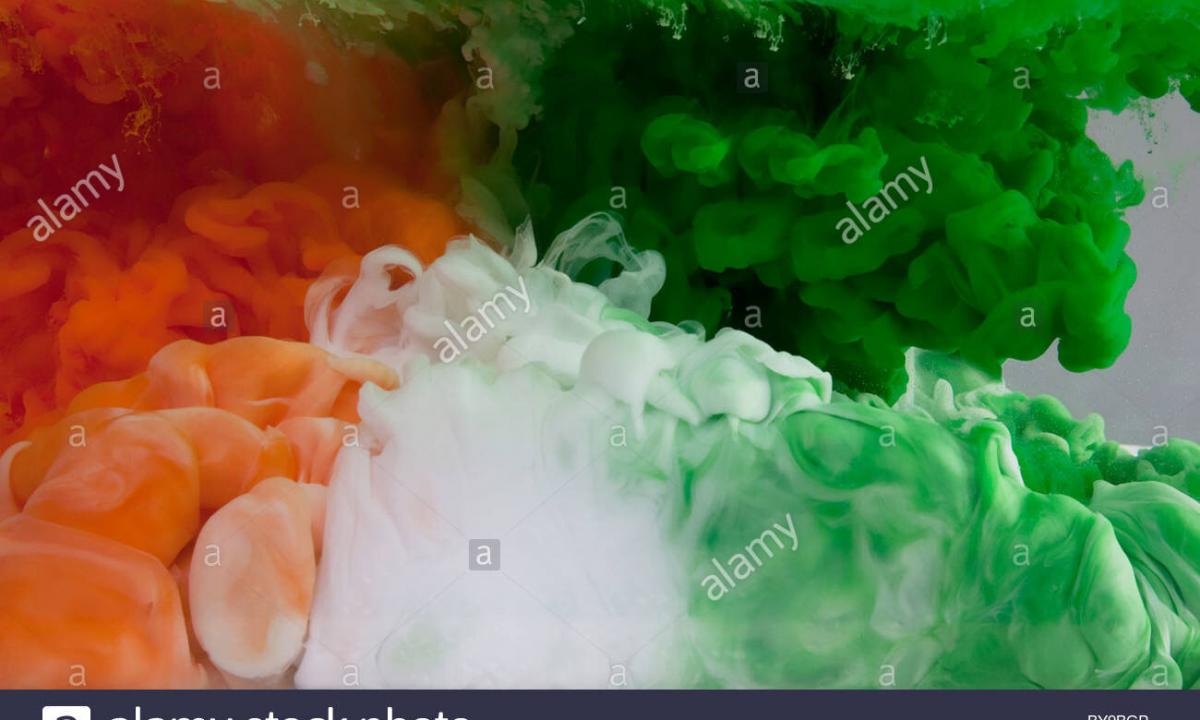Apartment renovation or dachas very often includes coloring of surfaces. After preliminary preparation of the space which is subject to coloring there comes one of the most responsible stages – cultivation of paint and finishing it to the necessary consistence. From that, how correctly this part of work is also competently executed, the general quality of decor of interior will depend.
One of the most important principles of work with dyes or other finishing materials which process surfaces says that material has to be brought to the necessary working viscosity. This characteristic is important both for priming structures, and for paint as any surface has almost imperceptible roughnesses, traces from grinding or transitions between polytypic coverings.
Too liquid paint will not be able to fill all roughnesses, and excessively dense will demand excessive consumption of material.
If the viscosity of paint is chosen incorrectly, decrease in adhesion and even peeling of soil can result. In this case often it is necessary to remove material layers together with soil and to anew prepare surface under painting, and it takes a lot of time and is accompanied by excessive material expenditure. Always it is necessary to remember that correctly picked up consistence of paint provides quality of covering and its durability, guarantees luster and compliance of shade to the chosen color of interior.
The viscosity of paints and varnishes can be measured quite precisely by the special device – the viscometer. If you are engaged in coloring not occasionally, and is regular, it is always desirable to have such device near at hand. It costs not too much, and during large volumes of works it is capable to save considerable funds. Device basis – the measured capacity having the calibrated opening.
The viscosity of paint is determined by time for which it follows through viscometer opening.
Dissolving paint to optimum viscosity, fill with it the viscometer and stop up opening with finger. Then on stop watch it should be noted time, having at the same time released opening. As soon as paint ceases to flow continuously, the stop watch should be switched off. The number of the recorded seconds will also be that viscosity which the paint passing test has. On the factory container with paint or the standard viscosity which dye has to possess, as a rule, is specified in the technical documentation attached to material. If the indicator of viscosity received by means of the device is higher standard, paint needs to be diluted with drying oil, having brought consistence to that which is specified by the manufacturer. If the viscosity is small, it is necessary to add hardener to paint. Certainly, not at each master the viscometer is had near at hand. In this case it is necessary to resort to national means. Take usual wooden stick 10-20 cm long and carefully clean it from possible pollution. Dip this piece of wood in divorced paintwork material and carefully mix it. Now lift the tool and look, paint from stick how fast flows down. If necessary change viscosity of material, using thinner or hardener. Certainly, this way is very approximate. Perhaps, you need to accumulate experience to measure by eye as far as the consistence of paint corresponds to conditions of its application. The experienced painters who are professionally engaged in repair usually manage this national way, without spending time for work with the viscometer.
